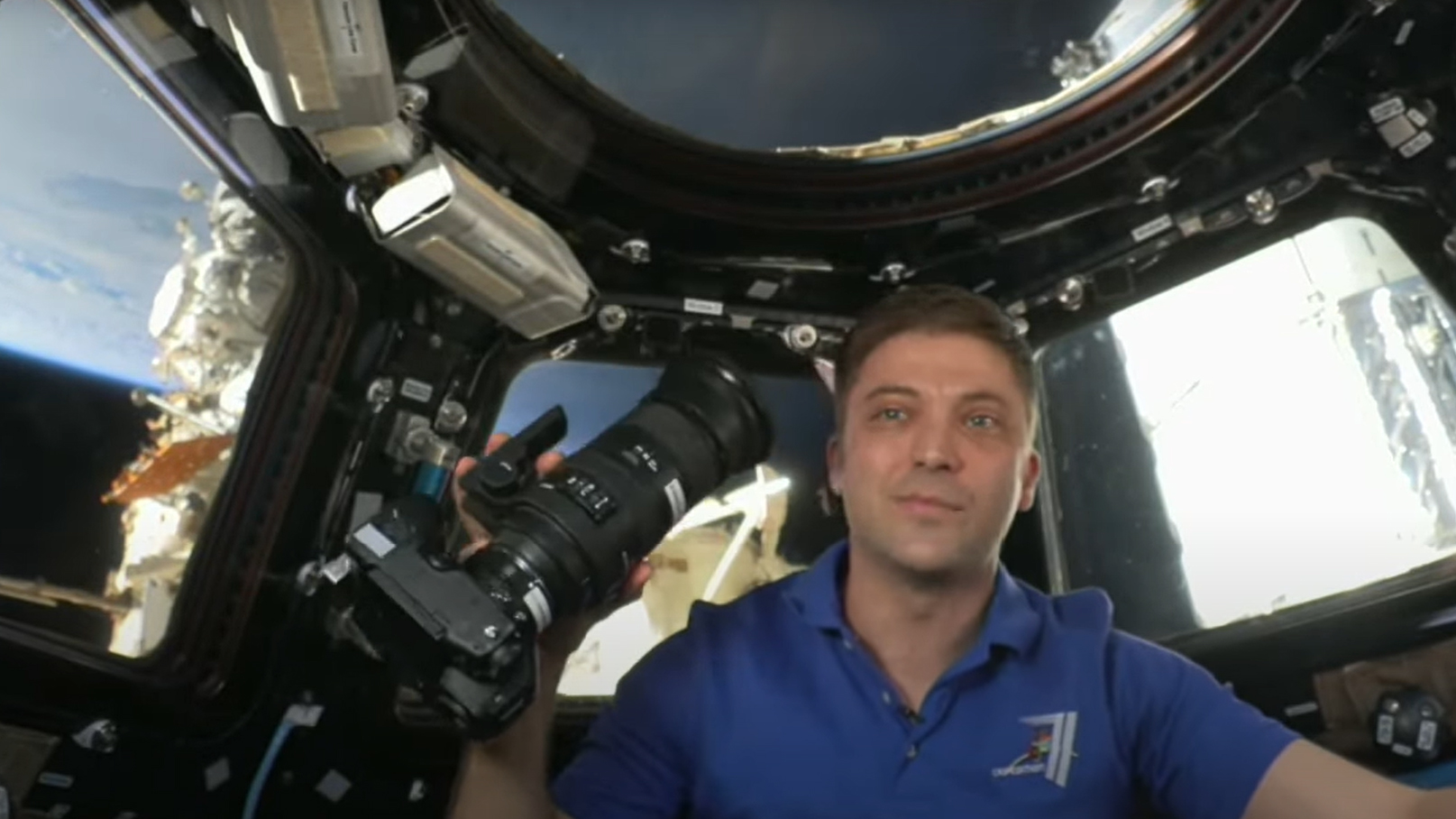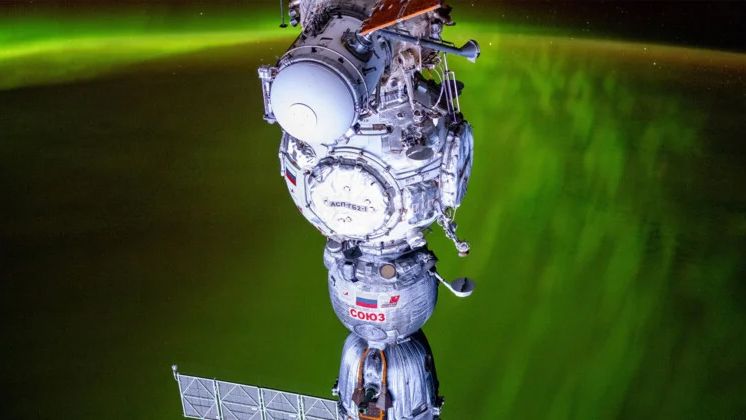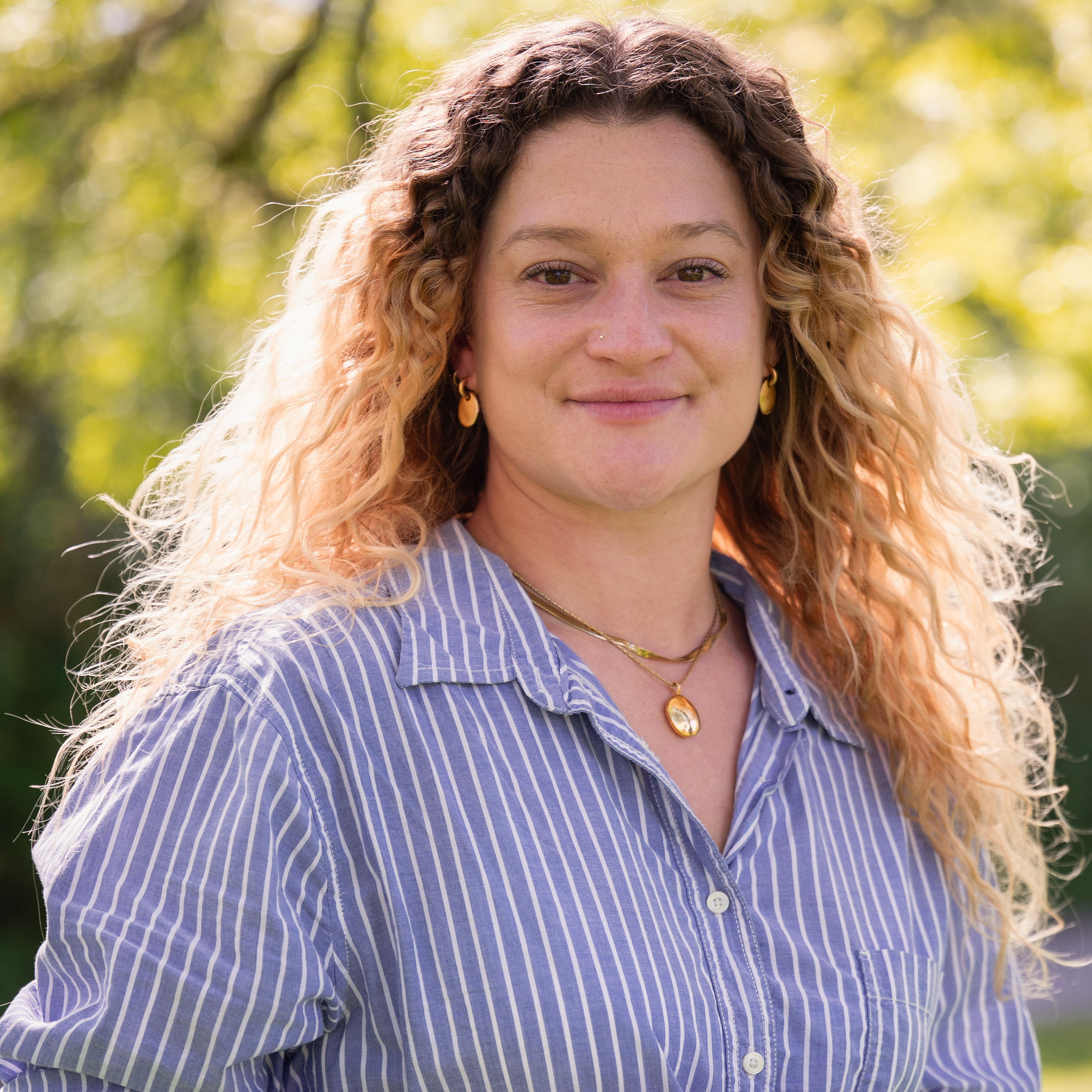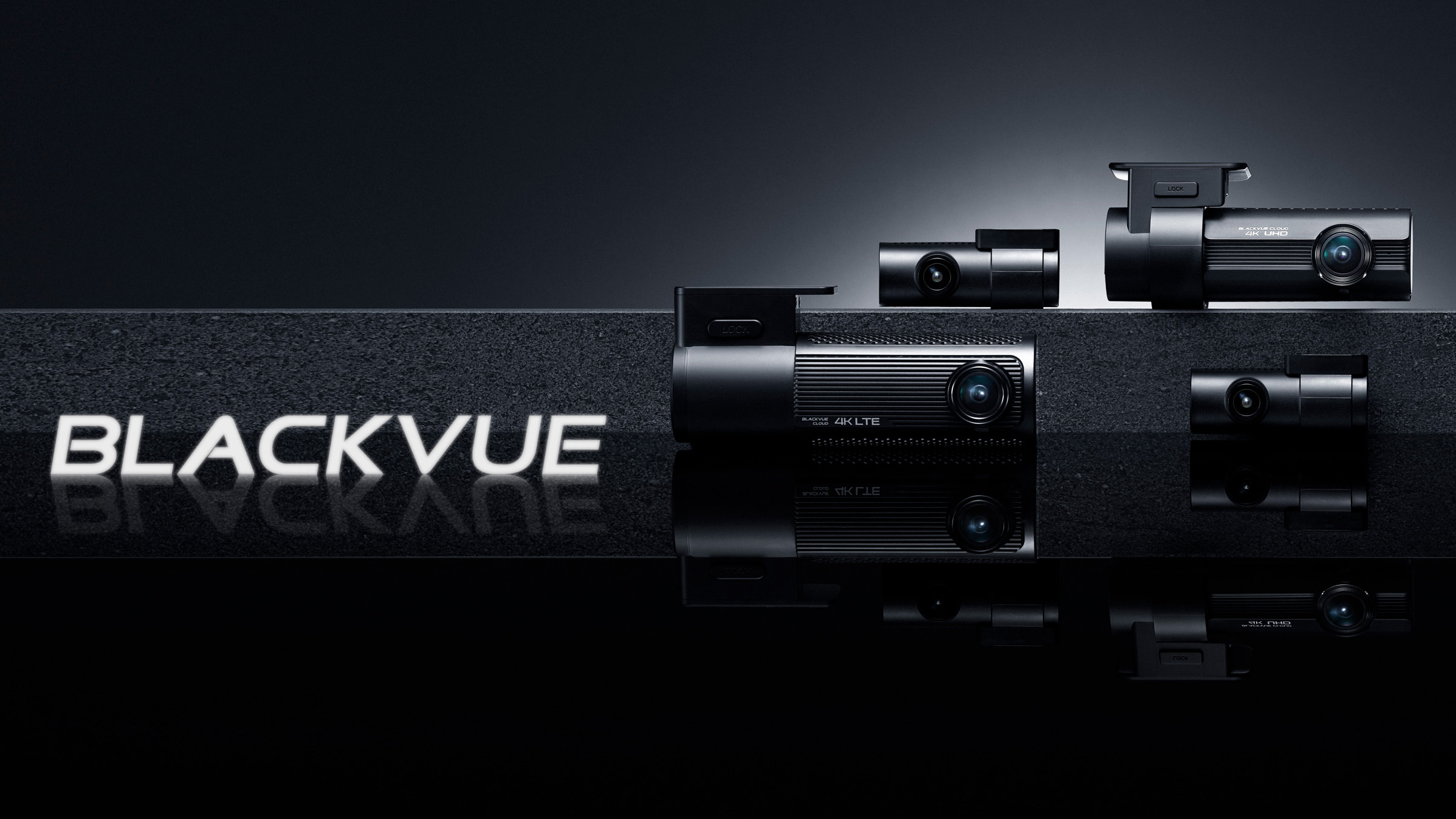Astronaut Matthew Dominick shares his favorite photographs he’s taken from space in first-ever astronaut interview from the ISS cupola
"We're going 17,500 mph making a lap around the Earth every 90 minutes," said Matthew Dominick from the ISS. "If I don't get the lighting right or the setup right on a pass, I can wait 90 minutes and I'll get a chance to do it again.”

In a world first, NASA astronaut Matthew Dominick recently gave an interview from the cupola on the International Space Station.
In the conversation with Rachel Feltman, host of Scientific American podcast, Dominick spoke about his favorite photographs, life in space, and what it feels like to not walk since March.
Explaining that his father was a photographer and a journalist, and also ran a motion picture unit for the United States Air Force, in the months that he’s been up in space, he’s wanted to capture all the incredible things he’s seen.
Understandably, Dominick says the lighting is one of the hardest parts of taking photographs in space.
“Lighting is really a challenge but then you're also lucky. You know in photography they talk about the golden hour or right there at sunrise or sunset folks like to take a lot of pictures at those times, the lighting is just incredible. We're lucky to get 16 of those a day. We're going 17,500mph making a lap around the Earth every 90 minutes so, if I don't get the lighting right or the setup right on a pass, I can wait 90 minutes and I'll get a chance to do it again.”
Another challenge of photography in space is having to shoot through windows.
“You have to manage a lot of odd reflections and so we have things like shrouds that we put up around the cameras to kind of block out interior lights from reflections shooting through the glass can be can be troublesome. You have to shoot really fast shutter speeds sometimes just because we're going so fast.
The best camera deals, reviews, product advice, and unmissable photography news, direct to your inbox!

“Folks who do astrophotography on Earth might be able to expose 10, 15 seconds without seeing star trails depending on what lenses they're using up here you know I was taking pictures the other day in a half second exposure I was seeing streaks in city lights so it presents some unique challenges but we have we have great instructors that teach us how to do it and it's a lot of fun.”
Due to strict rules about how much weight can be taken onboard the space station, the astronauts had to make some pretty tough decisions about what kit to take.
“We have these big full-frame mirrorless cameras, this is an 85mm lens, super fast lens 1.4 for the focal length that's super fun. We have cameras that are great for taking pictures of Earth during the daytime. This is a 50 to 500 zoom lens, love using this guy for daytime photography, super versatile. We got a new lens and so I've been posting a lot of images online with this lens. It's a 15 mm lens that's super fast. It doesn't use f- stops but it's about an f1.2 or 4 and it's a t 1.8.

“I love this thing, this has yielded so many incredible photographs. So lots of great equipment up here and lots of practice and luckily it's not analogue anymore so you could shoot a lot and not feel too bad about wasting film.”
Some of Dominick’s favorite photographs are the candid ones he takes of his crewmates. Outside the space station, Dominick has taken pictures of the river Nile, lightning over Africa, and meteors.
As his mission comes to an end, Dominick said he would miss all the gear.
“I'm going to miss having all of these cameras in my fingertips. It's amazing I've got five or six cameras in my fingertips I can choose from.
“I just want to share what we see. I feel this immense obligation to share what we're seeing up here in space. I'm super lucky to be here.”
Take a look at our guide to the best cameras for astrophotography, and the best star tracker mounts for astrophotography.

After graduating from Cardiff University with an Master's Degree in Journalism, Media and Communications Leonie developed a love of photography after taking a year out to travel around the world.
While visiting countries such as Mongolia, Kazakhstan, Bangladesh and Ukraine with her trusty Nikon, Leonie learned how to capture the beauty of these inspiring places, and her photography has accompanied her various freelance travel features.
As well as travel photography Leonie also has a passion for wildlife photography both in the UK and abroad.

